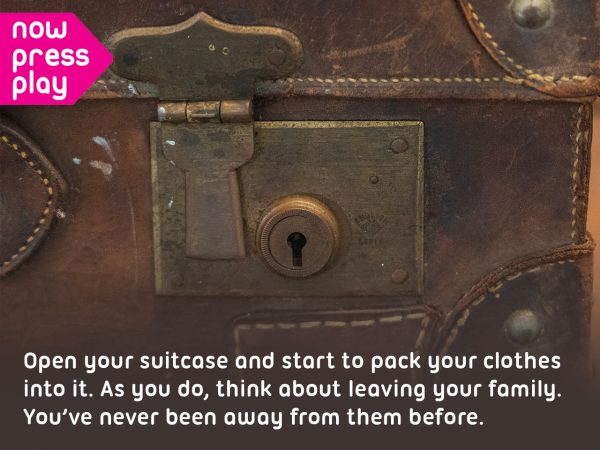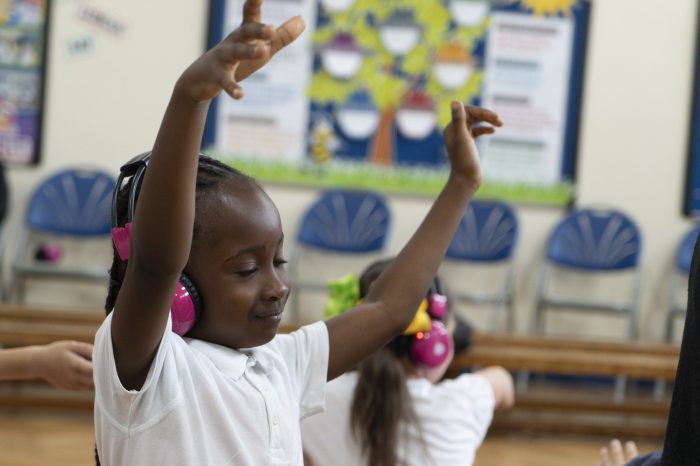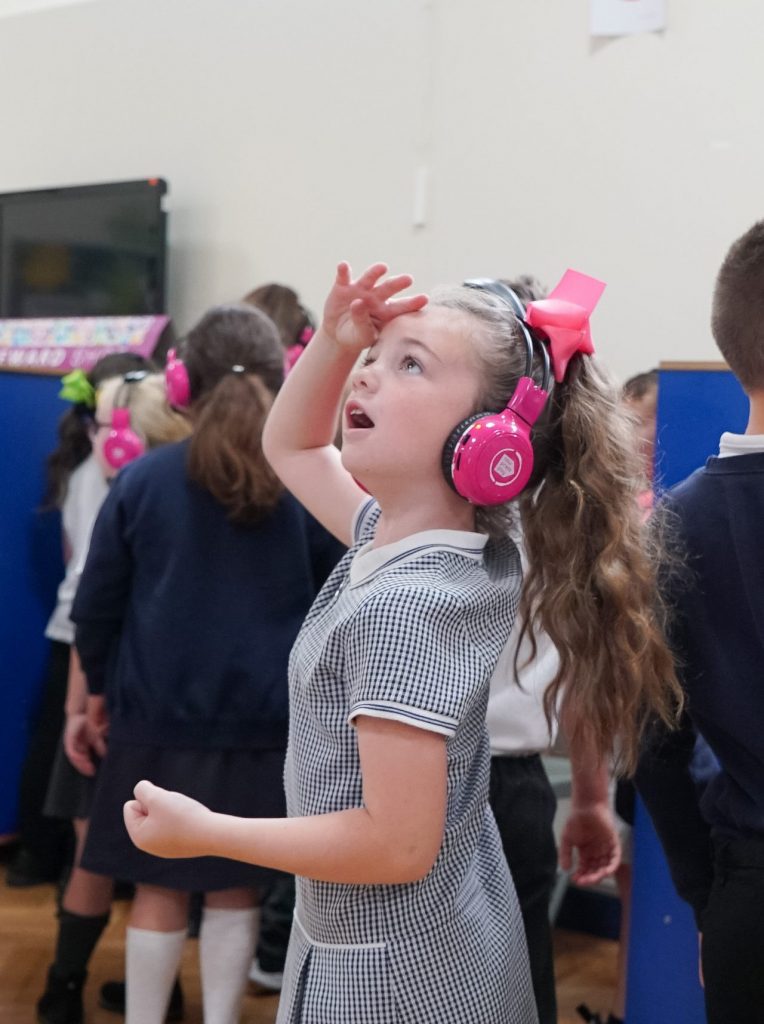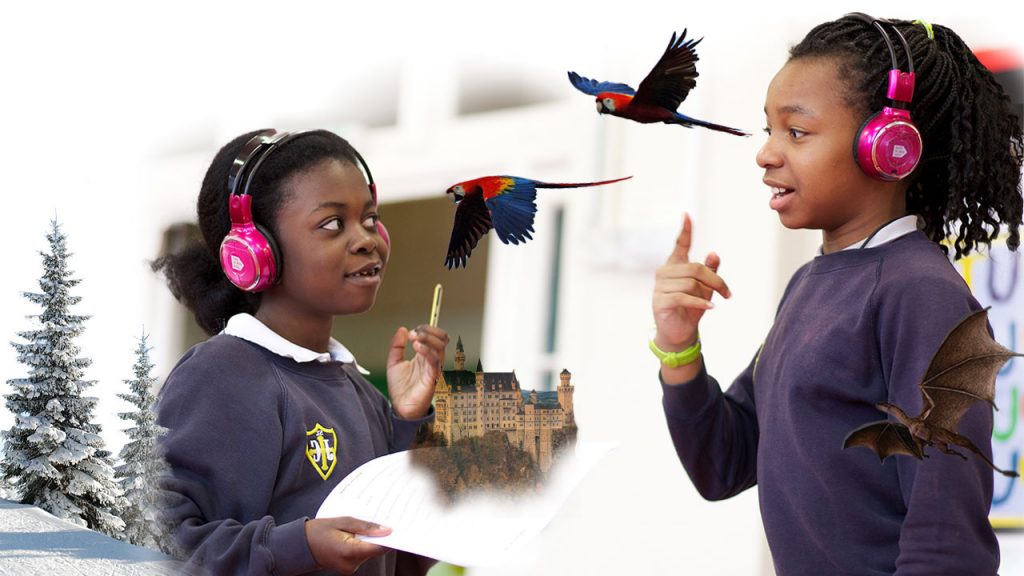Emma Courtney, an assistant headteacher and wider curriculum lead at Luton Primary School in Chatham, explains how now>press>play supports the delivery of a wide range of topics across the KS2 national curriculum in the school.
“If teachers come down and say, ‘I don’t know how teach this idea, or that idea,’ my first go-to is “Well, have you looked at the content on now>press>play? See what the stories on that are about, do a couple of pre-lessons on it and use that toward the middle of your learning on that unit, or towards the end to really consolidate the learning of it.’ So yes, it’s a tool definitely used in the school here quite a bit.”
Emma Courtney, Assistant Headteacher, Luton Primary School
How is now>press>play used?
Emma sees now>press>play as integral to teaching the curriculum at her school as it helps make learning accessible for a wide range of children. The school has a high proportion of EAL (one in two), SEN (around 30 percent) and pupil premium (more than half) students, and now>press>play is used to ensure that all students are engaged in the topic and have the right vocabulary to draw on. This is difficult to achieve otherwise, due to gaps in language and learning experiences.
As a drama specialist, Emma also sees now>press>play as having value in helping teachers build drama elements into their teaching and children participate less self-consciously in acting out stories, which she feels helps them learn and retain that learning.
Children don’t feel like, “Oh my God I’m doing drama out by myself,” because it’s like, “Now all together pick up your bow and arrow and run to the north.” […] They don’t feel like they’re standing out by themselves having to do a performance, they’re doing process drama that’s supporting them with their learning.
Emma Courtney, Assistant Headteacher, Luton Primary School
Where has now>press>play made most impact?
now>press>play helps children at the school participate more fully in their learning and has helped develop their written work.
In Emma’s experience children respond well to the stories, enjoy being taken on a journey as part of the Experience and moving around as they learn. These elements help make the learning memorable and result in children being able to draw on it in other lessons.
As children enjoy the now>press>play Experience, and as learning is active, they retain information better than if they’d have learned information in the classroom from a PowerPoint. Often the children will say, “Oh we did this today,” […] They’re excited to see the now>press>play box come out and they remember it because they’re excited by it and engaged with it, they’re going to remember the content much more easily and hopefully retain the key vocabulary.
Emma Courtney, Assistant Headteacher, Luton Primary School
In particular, Emma feels that now>press>play helps the teaching of key vocabulary as it introduces the words in context and in a memorable way. This not only helps expand children’s vocabulary but also stimulates their imagination and enables them to express more through their writing.
So they’re not just hearing these words in isolation, they’re getting the opportunity to hear a story about it, and that way I think it really embeds the words into the child’s vocabulary and into their understanding of what it is.
After the Blitz now>press>play Experience children drew on this to write poems. They knew what bombs and sirens sounded like so knew how to create onomatopoeia and alliterative effects. It was so much easier to get that from them because they had that experience, so they knew what the bombs sounded like, and the siren sounded like. And it just came much, much more naturally to them.Emma Courtney, Assistant Headteacher, Luton Primary School

Emma had also noticed that more children were able to join in class discussions after a now>press>play session as they had the words and the story to draw on.
From a teacher’s perspective
Emma felt that the app and support resources made it easy to use now>press>play. In particular, the key vocabulary highlighted helped them create a pre-lesson to ensure children are able to participate fully in the Experience and ensure that any post-session reflection involved a consolidation of those terms.
The range of resources was also useful in helping teachers with less experience or those less confident to teach drama to deliver a quality lesson.
now>press>play supports the delivery of a wide range of topics across many subject areas of the KS2 national curriculum in Luton Primary School. Emma, as the curriculum lead at the school, has worked with teachers to plan its use across the curriculum and also encourages them to take other opportunities to use it as well.
We give them the now>press>play box set, because the planning in it is minimal. So you give the children the 20, 30-minute Experience, and then you’ve got the supporting resources there, they provide reading comprehensions, questions, storyboard, quizzes, everything that you could need last minute if you were in that situation to put a plan together really quickly.
Emma Courtney, Assistant Headteacher, Luton Primary School
This case study was created for our 2022 Product Impact Report — check out the full report and its key findings here. Thank you to Emma Courtney and Luton Primary School for sharing with us how now>press>play has helped benefit their pupils.
Trial now>press>play for free in your school



